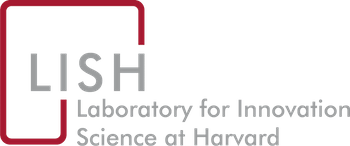Philip Brookins and Paan Jindapon. 2/20/2021. “
Risk preference heterogeneity in group contests.” Journal of Mathematical Economics.
Publisher's VersionAbstractWe analyze the first model of a group contest with players that are heterogeneous in their risk preferences. In our model, individuals’ preferences are represented by a utility function exhibiting a generalized form of constant absolute risk aversion, allowing us to consider any combination of risk-averse, risk-neutral, and risk-loving players. We begin by proving equilibrium existence and uniqueness under both linear and convex investment costs. Then, we explore how the sorting of a compatible set of players by their risk attitudes into competing groups affects aggregate investment. With linear costs, a balanced sorting (i.e., minimizing the variance in risk attitudes across groups) always produces an aggregate investment level that is at least as high as an unbalanced sorting (i.e., maximizing the variance in risk attitudes across groups). Under convex costs, however, identifying which sorting is optimal is more nuanced and depends on preference and cost parameters.
